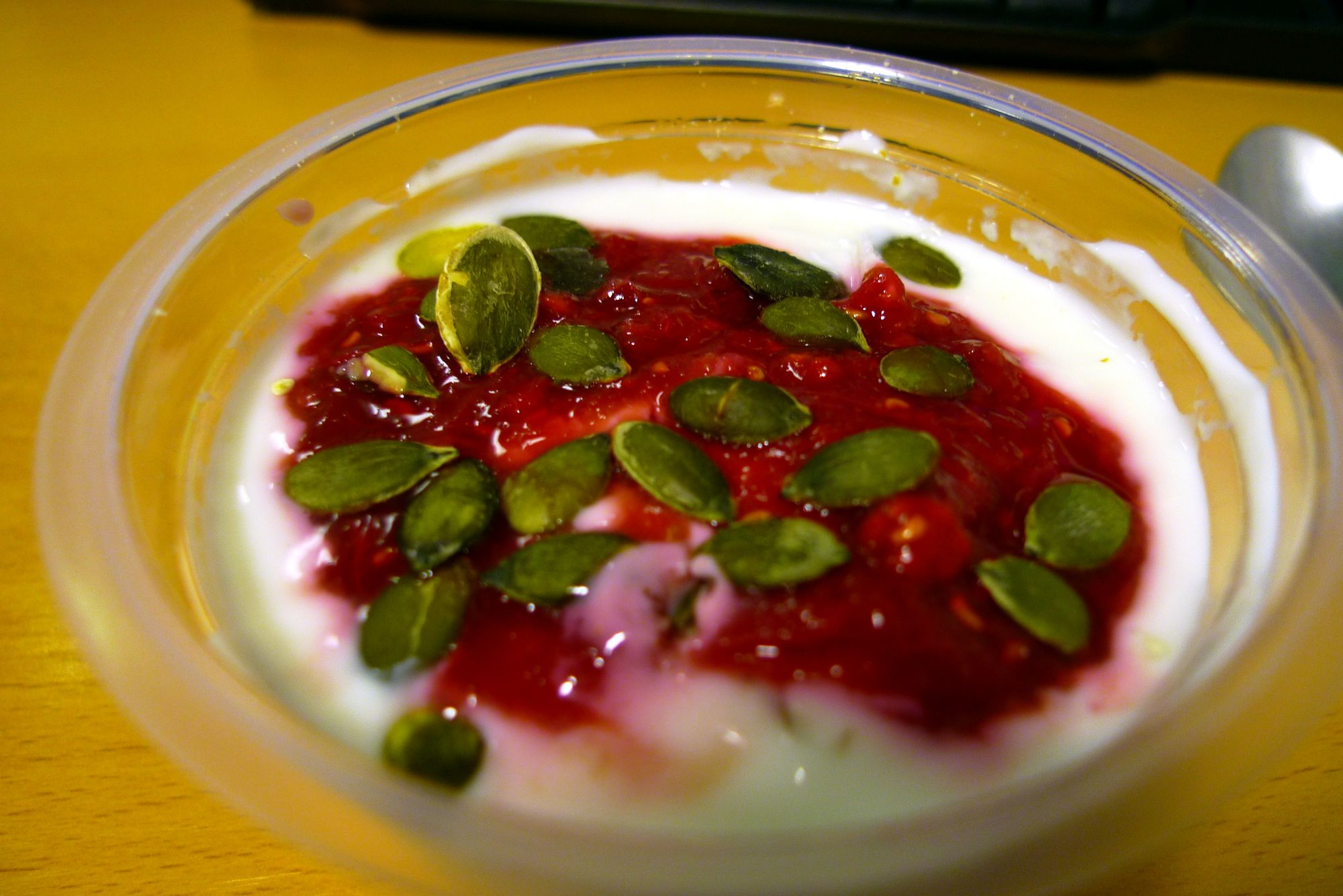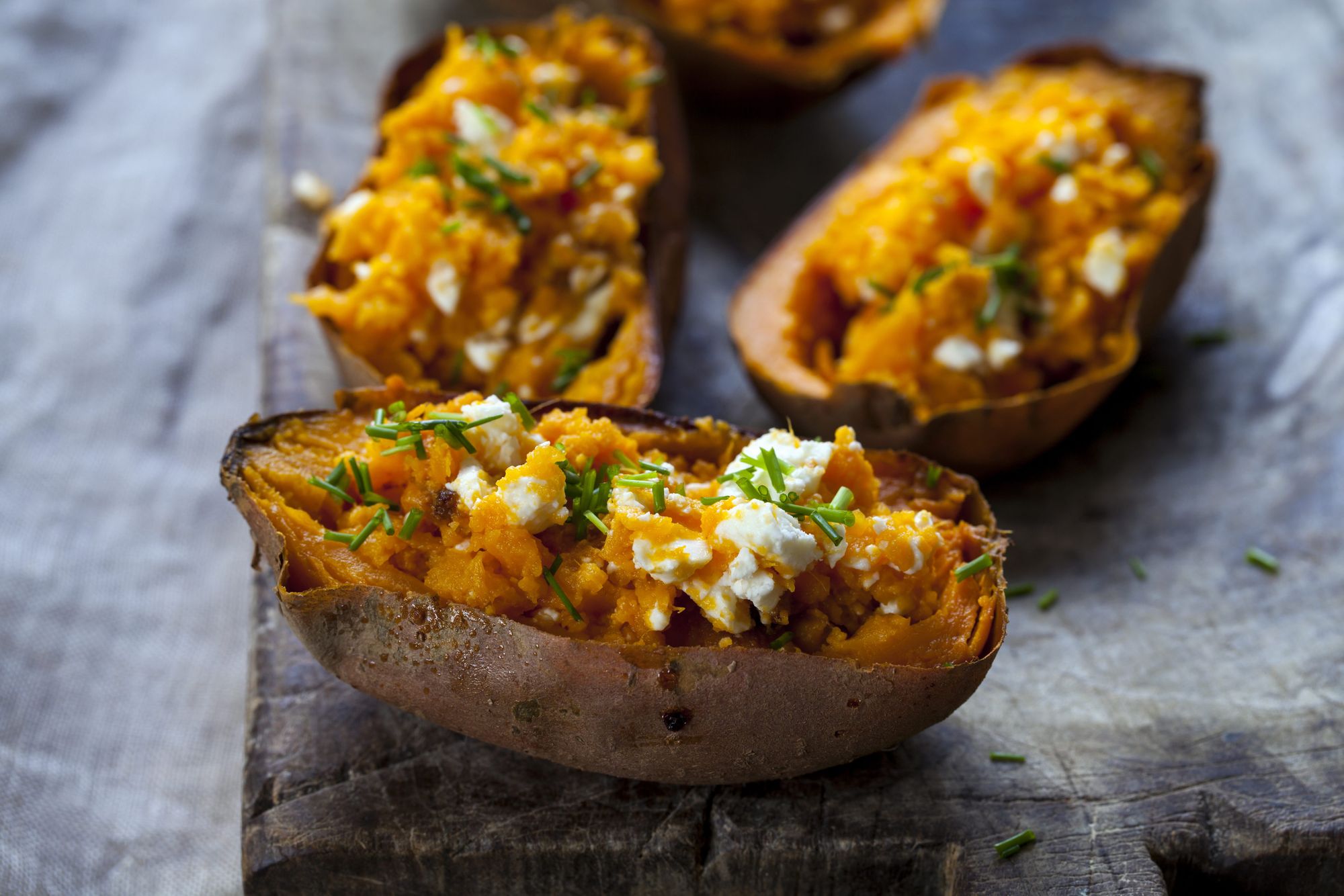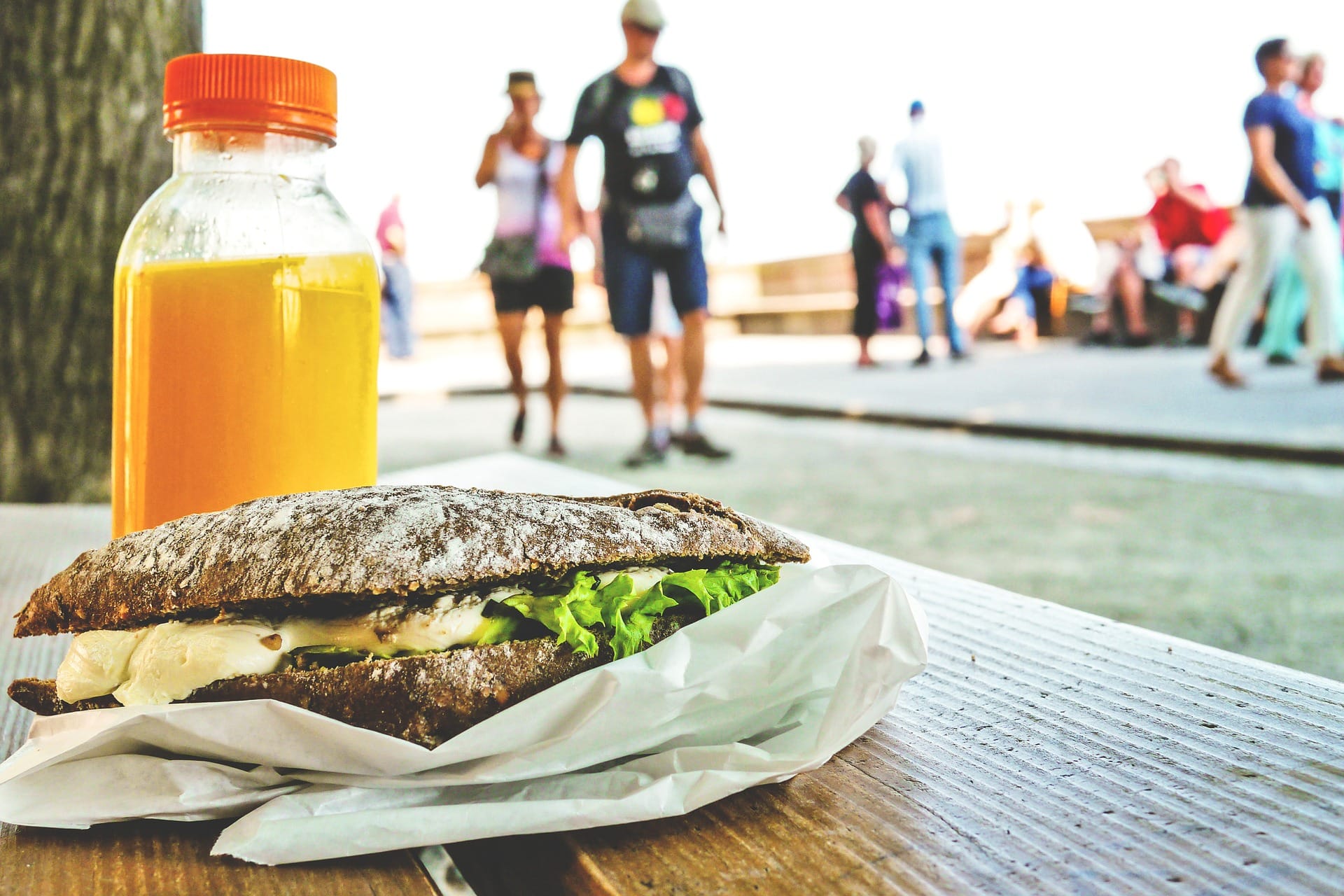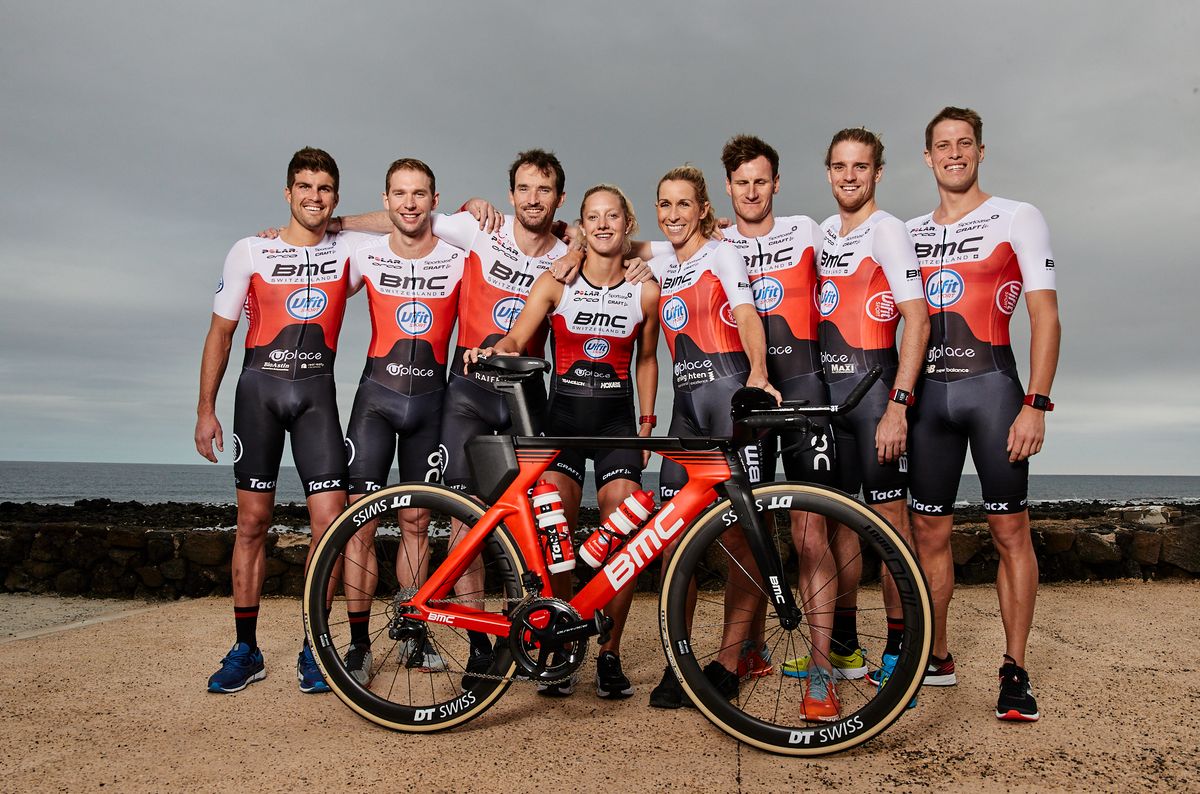Anyone who does a lot of fitness training will know that they’re burning up the food they eat more efficiently and quickly than when they’re in an inactive phase, and there’s a tendency to think that as long as you’re exercising you can eat what you like, as you’ll soon be getting rid of those calories.
While this is true to a certain extent if you snack on anything you feel like, you may not be getting the best results from those foods. For instance, a doughnut might taste good, but it’s likely just to give you a quick sugar-rush burst of energy, rather than providing you with the slow-release energy that will see you through your next training session.

Snacking itself isn’t a problem, though, and can actually be a good way of providing you with sustained amounts of energy through the day, as long as you pick the right things to snack on. Some triathletes aim for six mini-meals a day, rather than three big ones. It depends on how much time you have available, of course, but remember you don’t need to cook each time you need to eat. You can include some raw snack options and also fit meals in after a training session. For instance, if you start the day with a training session before work, there’s nothing to stop you ordering breakfast to be delivered to your desk. The evolution of take-out and delivered foods means that today, take-out can be just as healthy as something you’d prepare yourself at home – there’s no limit on what you can order in if you’re short of time.
By having a range of nutrient-dense snacks to eat in between the classic meal times of breakfast, lunch and dinner, you can keep your glycogen levels up and ready for training sessions, and keep your appetite at bay, so you don’t end up bingeing on junk. A healthy snack doesn’t have to be hard to throw together.
Go-to mini-meals or snacks
To maintain blood sugar levels, an ideal training snack will contain both protein and fibre. Proteins are good for muscle mass but also satisfying your appetite. Eating fibre-rich foods allows your blood sugar to rise steadily and fibre provides volume to make you feel satisfied. It also aids digestion and encourages regular bowel movements.
Simple snacks that fit the bill might include a handful of almonds and a sliced apple, or a plate of carrot sticks and a portion of hummus. Sweeten things up with a Greek yoghurt, topped with raspberries and a few walnuts or pumpkin seeds. If you’re in a savoury mood cold roast beef slices layered with cheese slices and cherry tomatoes can be made into an appetising snack in seconds if you’ve got a well-stocked fridge. Baked potatoes can be cooked the night before and eaten cold, or reheated in a microwave, and adding cheese or tuna will provide the protein.

Punctuate your day with a snack like those described above an hour and a half after each main meal, and you’ll avoid hunger pangs and keep your body fuel







